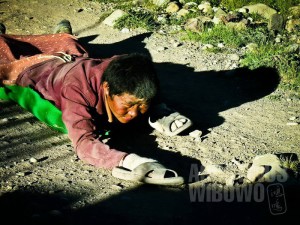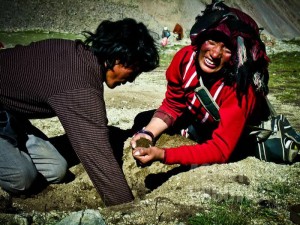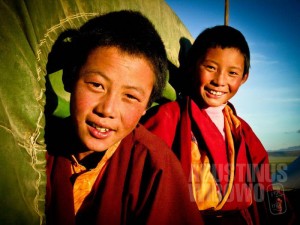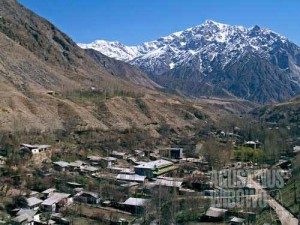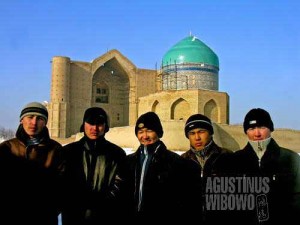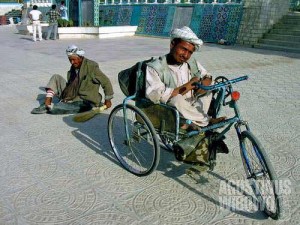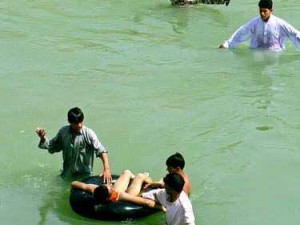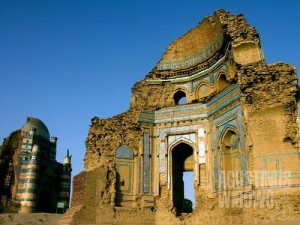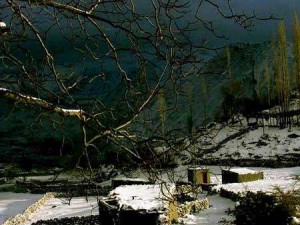The Sacred Mountain (Tibet, 2005) The mountain of Kailash is the holiest site for four religions: Buddhism, Hinduism, Bon and Jain. For the Tibetan Buddhists, Kailash is known as Kangri Rinpoche, “Precious Snow Mountain”, the center of universe. The Hindus believe Kailash is manifestation of Meru, the home of Shiva, and symbol of powerful mantra om. The Hindu concept of meru is also adapted in Indonesian culture, where some volcanos in Java and Bali are regarded holy, especially the Mahameru (Semeru, “The Perfect Meru”) which possesses respected position in Javanese Hindu cosmology. Also the stupa and mandala of Borobudur is actually another manifestation of meru, or Kailash. In Tibet, Kailash is so sacred, that nobody is allowed to touch it, no mention to climb over it. Gunung Keramat (Tibet, 2005) Gunung Kailash adalah situs paling suci bagi empat agama: Buddha, Hindu, Bon, dan Jain. Bagi umat Buddhis Tibet, Kailash dikenal sebagai Kangri Rinpoche, “Gunung Salju yang Mulia”, pusat dari alam semesta. Orang Hindu percaya Kailash adalah perwujudan dari Meru, tempat kediaman Dewa Sywa, dan simbol dari mantra suci Om. Konsep meru dalam Hindu ini diadaptasi juga dalam tradisi Indonesia, di mana sejumlah gunung berapi di Jawa dan Bali dikeramatkan, terutama
[...]



